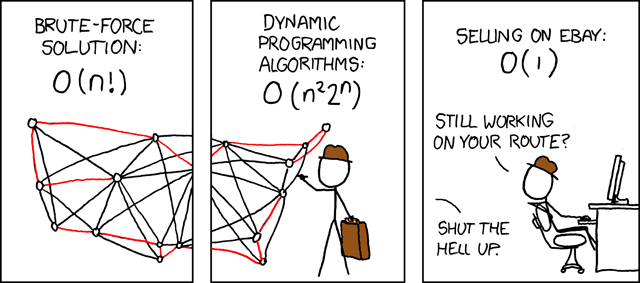Japanese supercomputer becomes world’s fastest and first to clear 10 petaflops
The
fastest got faster, as the K Computer topped its own record on the
twice-yearly supercomputer speed test by scoring 10.51 quadrillion
calculations per second

The
performance of the fastest machine on the Top500 supercomputer list
hasn't stopped surging since the list began in 1993. Here, it's measured
with a linear scale.
(Credit: chart by Stephen Shankland; data from Top500.org)
The rankings of the 10 fastest machines didn't change at all on today's new version of the Top500 supercomputer list, but the top dog cleared the notable performance hurdle of 10 petaflops.
"Flops"
stands for floating-point operations per second and is a measure of how
fast a supercomputer can perform mathematical calculations using the
Linpack benchmark. The K Computer, at the Riken Advanced Institute for
Computational Science in Japan, moved up from 8.16 petaflops, the score
it used to reach the top of the twice-yearly supercomputer ranking last
June, to 10.51 petaflops.
It reached the new top speed through being fully assembled, with all 705,024 of its Fujitsu Sparc64 processor cores running.
The
Tianhe-1A in China, a former No. 1 machine at 2.57 petaflops, remains
No. 2. It uses a combination of Intel central processing units and
Nvidia graphical processing units. The United States is the top market
for supercomputers on the list, but China is in second place, list
organizers said.
Intel remains king of the heap when it comes to processor designs, supplying chips for 384 of the systems.
Among other aspects of the November 2011 list:
•
Even though the top 10 machines remained the same--a first since the
Top500 list began in 1993--there was still plenty of flux elsewhere on
the list. The bottom of the barrel for the November list ranked No. 305
in June, and the total performance of all 500 machines rose from 58.7
petaflops to 74.2 petaflops.
•
It's now required 50.9 teraflops to get on the list at all. That score
beats the top system from 2004. The scores, though somewhat simplify the
broad range of computing work that researchers strive to accomplish on
these massive systems.
•
A total of 39 systems now us graphics chips as accelerators for some
computing tasks. That's the approach employed by a forthcoming Cray-built system with AMD 16-core processors and Nvidia Tesla chips slated for shipment to the National Center for Supercomputing Applications.
• IBM supplied 223 of the 500 systems and Hewlett-Packard supplied 146.
•
At least 29 of the systems gulp down more than 1 megawatt of
power--enough to power 10,000 100-watt light bulbs. The K Computer
consumes 12.66 megawatts, but it's "one of the most efficient systems on
the list," with a performance of 830 megaflops per watt, the list
organizers said.
The
Top500 supercomputer list shows plenty of changes over the
years, but one constant is surging performance. This chart at the
top shows performance in calculations per second, with a logarithmic
scale that makes the rate of change look steady--for example by
making the jump from 1 teraflops to 10 teraflops look as significant
as the jump from 10 teraflops to 100 teraflops.
years, but one constant is surging performance. This chart at the
top shows performance in calculations per second, with a logarithmic
scale that makes the rate of change look steady--for example by
making the jump from 1 teraflops to 10 teraflops look as significant
as the jump from 10 teraflops to 100 teraflops.
(Credit: Top500.org)
Read more: http://news.cnet.com
![]()




No comments :
Post a Comment